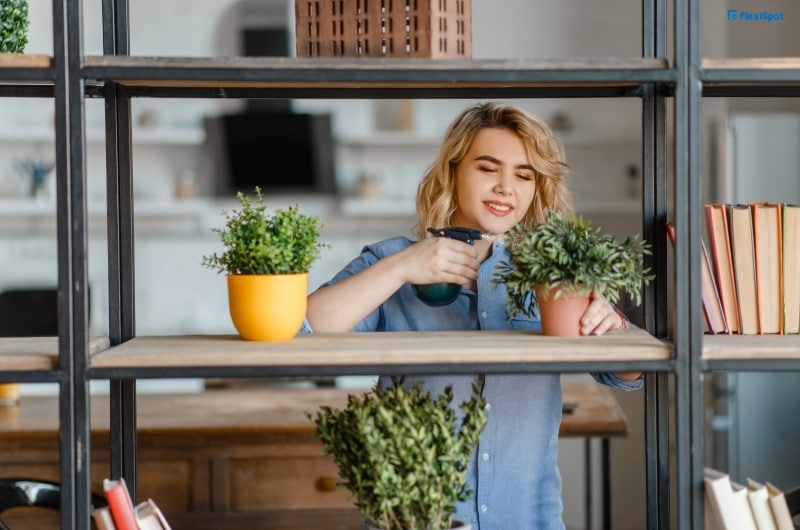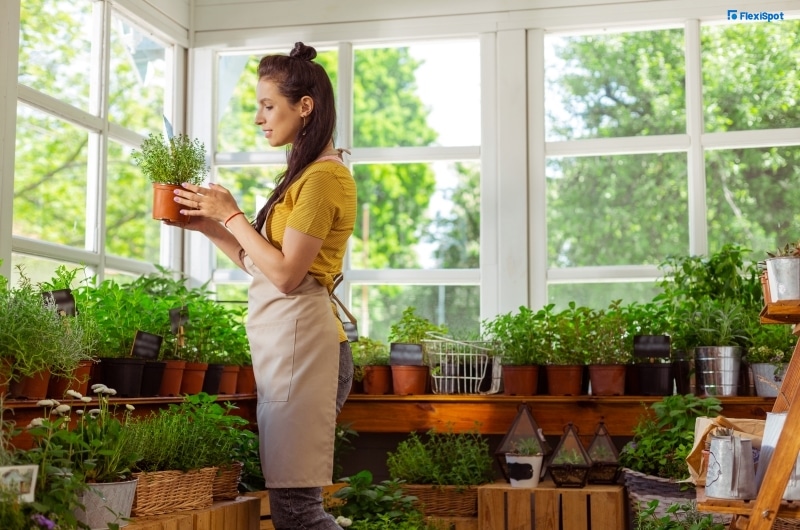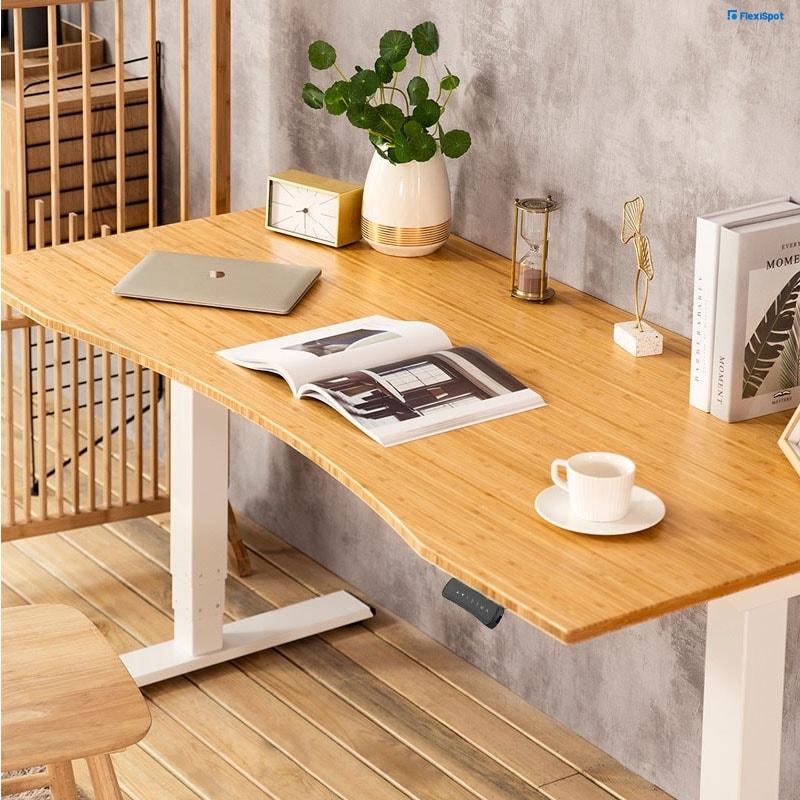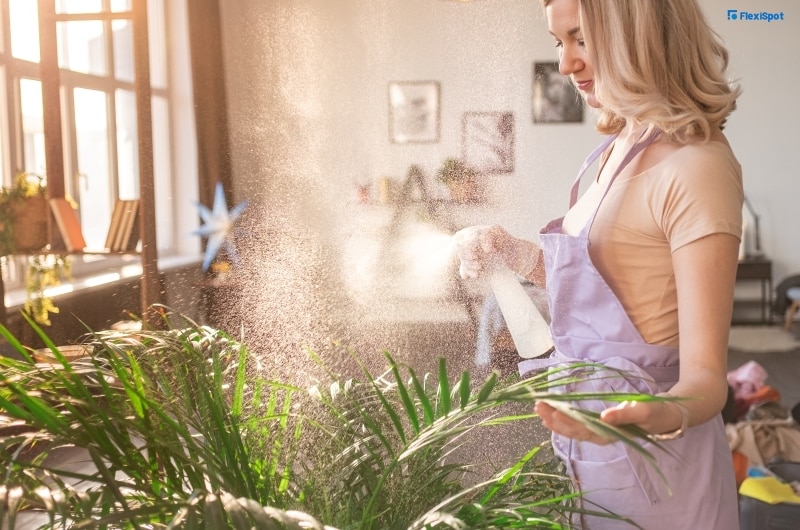There has always been a market for indoor plants. They say humans naturally lean towards nature so bringing a piece of it inside the home is a normal activity. Who would have thought in this digital day and age that more people would actually be enticed to pick up the hobby of growing indoor plants? It’s largely because the COVID-19 pandemic has made people stuck more at home and looking for ways to destress and lean on to something for a sense of sanity. They made the right decision because being surrounded by greens reaps a lot of benefits for the owner and his or her health. We don’t see that this trend will die anytime soon, especially with how it has been changing the lives of its owners for the better.

Reasons to Buy an Indoor Plant
1. Having indoor plants at home helps reduce stress and anxiety.
It’s not just hearsay. Science says that being surrounded by greens has the potential to help people manage depressive episodes and other mental health conditions. Doctors even include getting a plant at home as part of their prescription to patients struggling with their mental health.
2. Being surrounded by greens can sharpen one’s focus
If you want to improve your productivity while working at home, then buying an indoor plant is one of the ways that you can become more efficient with your time and performance. Again, it has been proven by research that when you have indoor plants, it could help to sharpen your focus in whatever task you are currently working on to the finish.
3. Plants improve air quality.
There are specific plants that have the qualities of reducing dust and mold in the air. Having these plants around could improve the overall air quality of your space. This is because plants absorb toxins and produce oxygen which helps to increase humidity levels in your area.
4. Plants can uplift your mood.
If you think your place is dull, try adding lots of greens and you would instantly have a mood lifter. They say that plants can enliven your space in an instant. It is a mood booster that can uplift you on your lowest days, making you more energized to show up and deliver at work.
5. Plants can speed up recovery from illnesses.
If you are coming from the hospital or have been suffering lately from diseases, then having plants in your space can help you have a speedy recovery. This is probably why most people visit loved ones at the hospital with some flowers. The flowers in the hospital room are said to be able to speed up the healing process of a patient.
6. Taking care of plants is therapeutic.
For most people, if not all, when you attend to your plants, it can become a therapeutic activity. Your primary responsibility is to make sure they get their needs, whether it be water or enough sunlight. It won’t feel like a chore, rather it will be therapeutic and more fulfilling when you see your plants growing.

Factors to Consider When Shopping for a House Plant
1. Size
Care instructions vary depending on the size of the house plant that you get. A misconception is that the bigger the plant, the more high maintenance it is. Small plants actually need more love and attention than big plants.
2. Sunlight Requirements
Plants are living organisms which means they also need sunlight to survive. When buying, don’t just look at the plant’s aesthetic but consider its every need to thrive. One thing to check is the lighting requirements, and if your space fulfills them. It needs to have low to moderate indirect light or bright indirect light to full sun or medium bright and indirect light. You may adjust your space accordingly so that you could take care of your plant the best way possible.
3. Kids and Pets
There are toxic plants that are dangerous for children and pets. These two are your priorities in the household so do your research first before checking out on any indoor plant. Common toxic plants include aloe vera, chrysanthemums, English ivy, jade, mistletoe, poinsettias, pothos, and lilies.
4. Nature of Work
By now, you should already have an idea of how hectic your workload is. Don’t even consider buying or adopting a dog or cat when you can’t give them the time of day. This is especially true for high-maintenance plants that, as said, need to be thoroughly cared for and paid attention to. The rule of thumb is to only buy plants that you and your work setup would allow you to take care of.
5. Plant Care Expertise
Before buying, you know more or less your level of expertise when it comes to taking care of plants. There are certain plants that need more expert hands so you might want to ask for help from these people. Do not buy when you can’t handle plants properly. It would be great to practice with snake plants, ZZ plants, money trees, jade, pothos, and Chinese evergreen. If you’re a little more advanced, go for plants such as the moth orchids, elephant’s ear, fig tree, and a bird’s nest fern.

Where to Put the Plant
1. At your work desk
As mentioned above, bring life to your work desk with a potted plant. Flexispot has a Kana Bamboo Standing Desk that you may either get with a rectangle or curved desktop shape. Made out of bamboo, the sturdy table could carry up to 275 pounds. You may add a potted plant beside your laptop set-up or use the standing desk as decor with potted plants, diffusers, and lamps filling in the available space.
2. Wall space
Another option of where you could store your indoor plant is to have a vertical garden by using a vacant wall at home. You may opt to buy a grid panel, woodblocks, planters with pockets, or floating shelves you can install in vacant walls.
3. Follow Lighting Requirements
The Sill says that the direction that your windows face will determine the amount of light they let in your room. North windows allow low to moderate indirect light, South windows give off bright indirect light to full sun in the afternoon, East comes with medium bright and indirect light while West provides medium bright indirect light with the direct sun across the day.
Following these guidelines, place your plant based on its lighting needs. Remove any obstruction from the window to your plant. Another option is to invest in a light meter which will measure exactly how much sunlight your plant is receiving.

How to Take Care of Plants
Allow the plant to adjust to the climate of its new environment for about two weeks.
Do not forget to water your plants. The most ideal time is during the morning.
Use the right amount of soil depending on your plants’ needs.
Know your plant so that you can determine its health anytime.